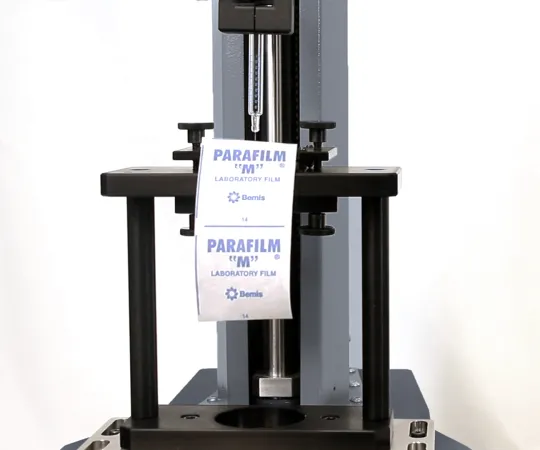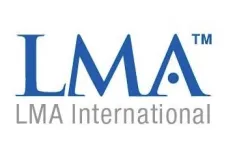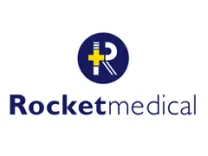Syringe testing to ISO 11040-4 Annex F needle penetration and drag


Solution
- MultiTest or OmniTest UTM software-controlled compression tester
- Special fixtures to locate and load a selection of syringe barrels
Benefits
- Flexible and efficient equipment to test to the relevant standards with repeatability
- Enhance the product development process in needle tip design
- Quantification of penetration characteristics correlated to patient comfort
- Software compliant with 21 CFR Part 11 for medical industry electronic data records
Requirement
The medical syringe is an extremely important device, delivering (parenteral) injectable products to the patient by means of a cylinder and plunger mechanism. To ensure safe use of an injectable medication, prefilled syringes for single use were developed to avoid the need to transfer the product from its supplied container into a hypodermic re-fillable syringe—a time-consuming process with potential for contamination.
This medical devices and pharmaceuticals sector is highly regulated, driven by compliance and auditing processes such that all syringes need to perform precisely to specification.
The effectiveness of the injection process not only depends upon the patient’s reaction to the needle penetration (a minor functional, but to the patient, extremely vital event) but also the efficiency of the needle tip passing through the skin layers.
Needle-tip geometry is a major influence on this penetration, the bore diameter and material thickness and other parameters of the tip, such as the point shape and bevel angle.
Our customer required a test system to meet ISO11040-4 (Glass barrels for injectables and sterilised sub-assembled syringes ready for filling). The standard covers 'Sterilized subassembled syringes ready for filling', and the Annex F method specifies the needle penetration test (derived from DIN 13097-4).
Solution
Mecmesin supplied a MultiTest universal tensile and compression testing machine with appropriate loadcell capacity, crosshead speed control and data sampling rate, as indicated by the test standard. The customer provided a selection of syringe specimens, and our Special Applications team manufactured the fixtures to perform the penetration test. The jig clamps a test foil (to simulate the skin membrane) which may be of varying material and thickness specification. Easy clamping of the test specimen holds it securely but without tension.
The software controlled the downward velocity of the syringe needle at a nominal 200 mm/min. Exact specifications of sample film and penetration speed may be agreed upon between the device manufacturer and the end customer as these parameters can vary based on the in-service application. Mecmesin’s software (now VectorPro, integrated with the OmniTest UTM) allows any number of test routines with unique test attributes to be held in the library and recalled quickly. The software plots the force-displacement graph and captures the peak compression force encountered in the relevant stroke region. Other values may also be immediately calculated and returned from the data if any are deemed significant to the performance of the needle design. In this way, product development can be optimised and recommendations for efficient usage can be published.
This fixture’s interchangeable components enabled the customer to test various syringe configurations and also run other tests referenced in the standard applicable to glass syringes.
Test equipment
- MultiTest 2.5-i or OmniTest software-controlled compression tester
- Special fixtures to locate and load a selection of syringe barrels
- Additional auxiliary fixtures are available for other Annex procedures to this standard, all fitting the holder frame

















![Biopsy gun spring strength [PDV10011]](/sites/default/files/styles/large/public/case-study/2024-04/biopsy-pen-fitment-to-trigger-fixture-omnitest.png.webp?itok=vvurETVf)
